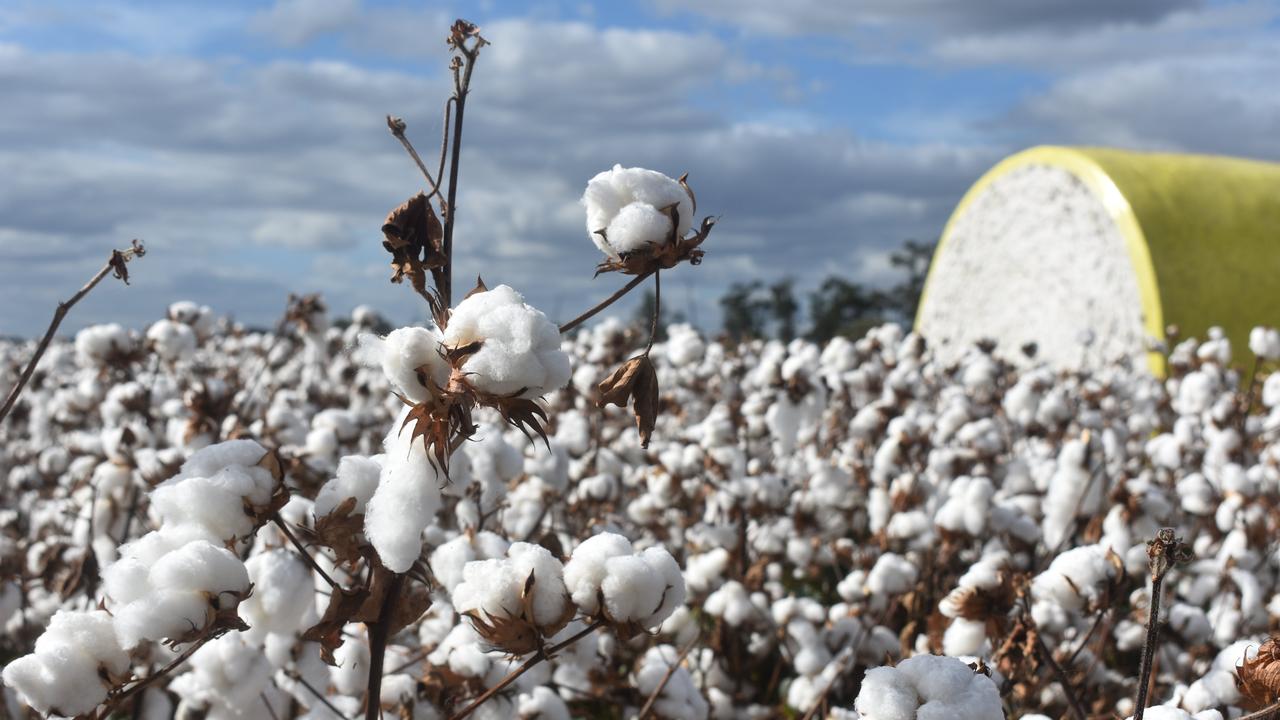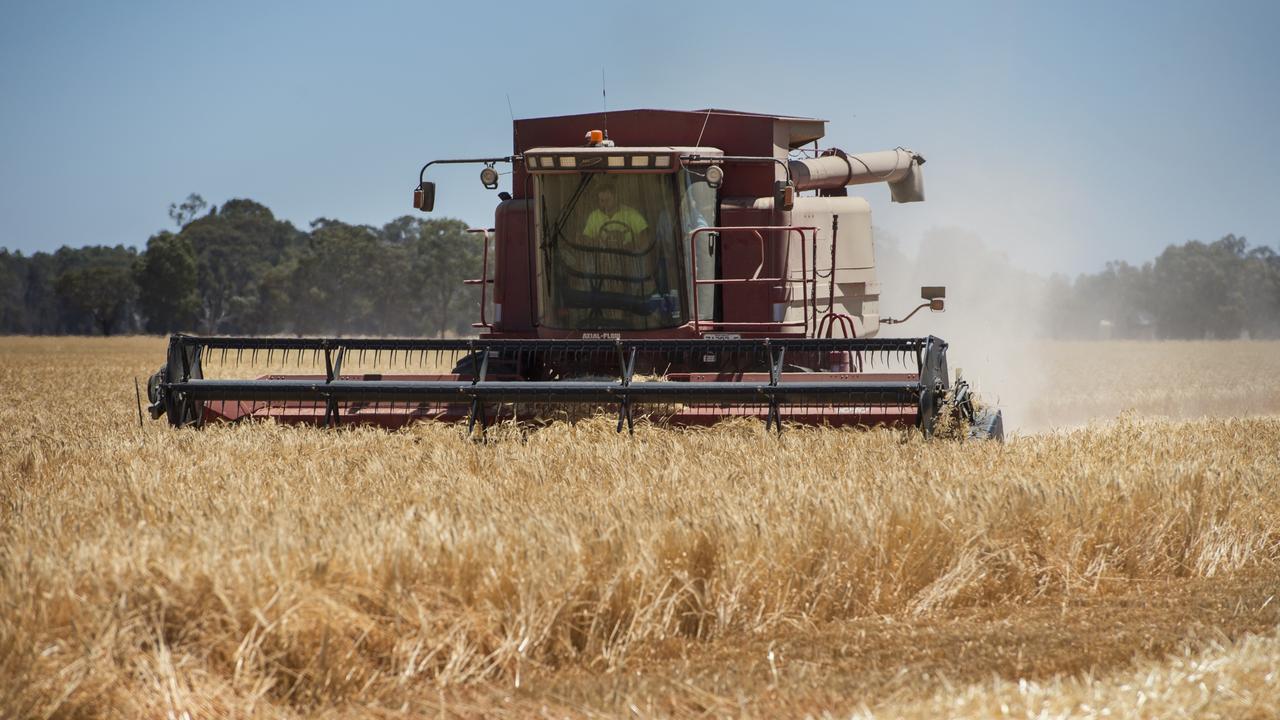Pessimism prevails with prices to remain stagnant
The current hay market is being compared to the low demand of the record production during the 2016/17 season. Find out why there are notable differences between these seasons that may impact prices in 2021.

IN THE final days of the year, hay sellers are wondering when demand will kick in.
Some are suggesting that the hay market is similar to the record season of 2016/17 and that prices will be stagnant for many months.
Typical offer prices for hay with a moderate degree of weather damage are $170 a tonne for cereal and $200 for vetch hay ex-Mallee farm.
The feedlots of southeast Queensland are facing an uncertain summer break with their weather and may want further roughage supplies. But Victorian growers will need to compete with the much cheaper freight for hay from central western NSW.
For the heavily damaged oaten hay, competitive road-train freight can also be found in South Australia’s mid-north, priced at $130 a tonne ex-farm.
This time four years ago, Victorian cereal hay prices dipped below the 10-year decile 5 level of $175 a tonne delivered to farms in the Goulburn Valley and stayed below that level for the next 18 months.
While the price outlook for next year remains uncertain, a few factors distinguish this season from the record production season four years ago.
In 2015, the rainfall deficit was profound in Victoria and southeast South Australia. Also, the dry conditions in all states during 2012, and the dry seasons of 2013 and 2014 in NSW and Queensland, underpinned demand.
Accordingly, hay prices traded consistently higher throughout 2016.
In contrast, hay prices have been languishing this year and optimism in hay markets has been a decline. The pattern began to emerge with the vetch hay harvest, with some growers deciding to plough in their crops well before cutting time.
By late September the wet pattern consistent with the La Nina modelling began to set in. More vetch hay growers decided not to bale vetch and some retained their crops for seed. This should be a welcome change for seed buyers next year as supplies of vetch should be both close and ample.
By the time vetch was baled, surveys indicated that only half the normal number of Mallee paddocks were baled.
Those with dedicated oaten hay paddocks contracted to exporters had little option but to cut their crops when they reached physiological maturity.
Grain growers who often cut weedy wheat or barley paddocks for hay decided to retain their crops for grain.
The generous spring rainfall also removed the necessity for canola growers to salvage crops as hay this season.
As the hay-making season progressed further south, the pessimism over demand was complete. Dairy and beef producers, who already had some hay and silage carried over, decided not to cut all the paddocks they had originally intended.
These scenarios have been repeated in many regions of eastern Australia.
The outcome from this is that the area cut for hay this year is well down on the average, which may ultimately influence supplies next year.
MORE
LOW QUALITY, LOW PRICES TO CLOSE CHALLENGING SEASON


